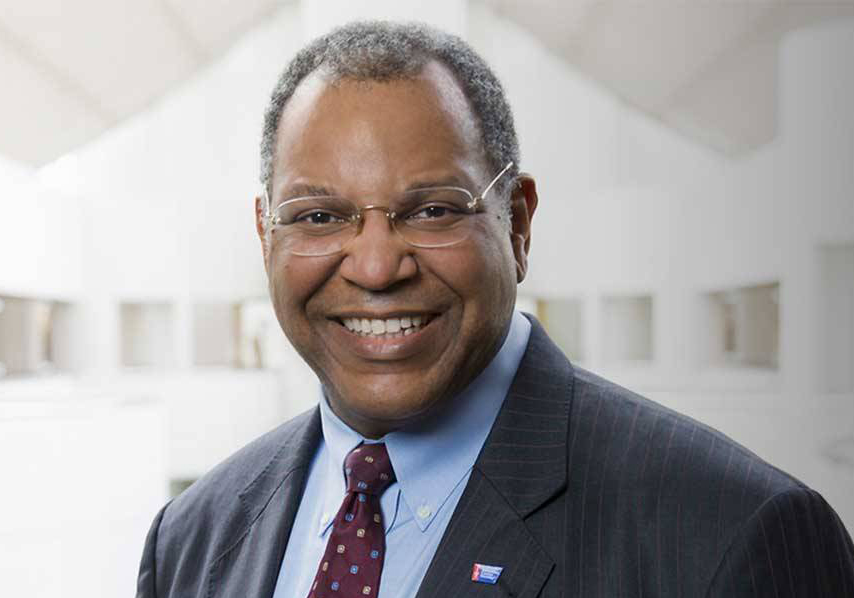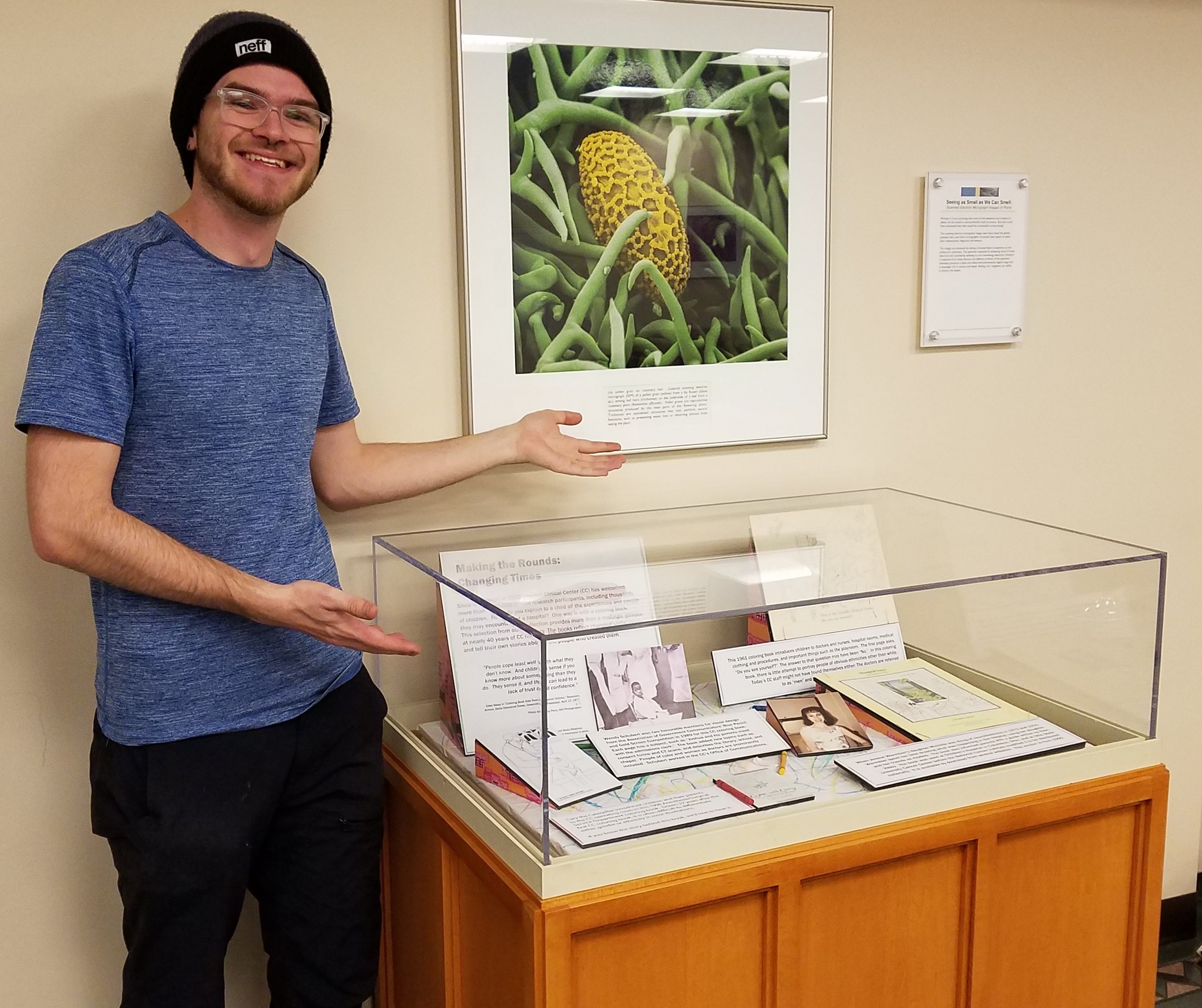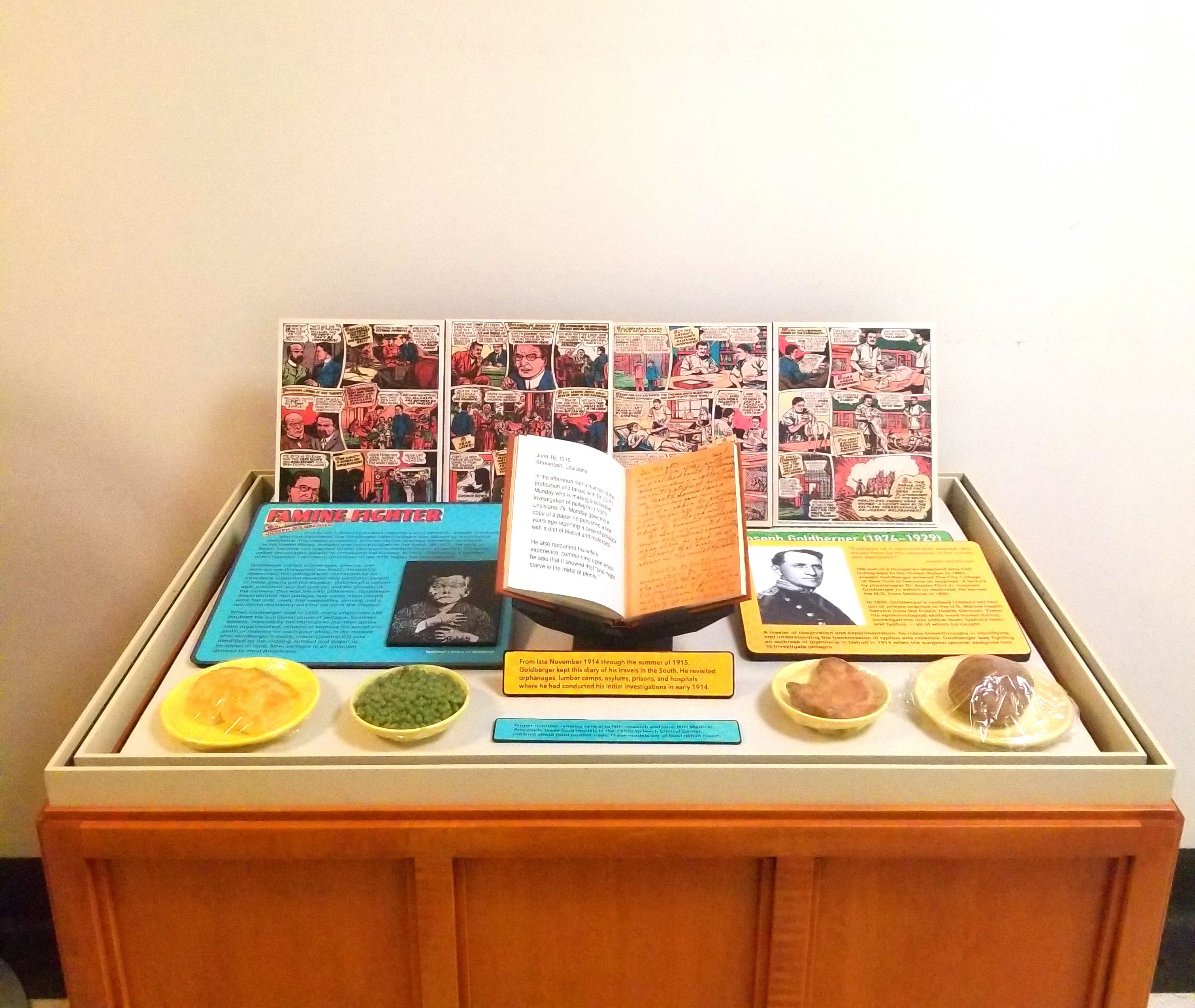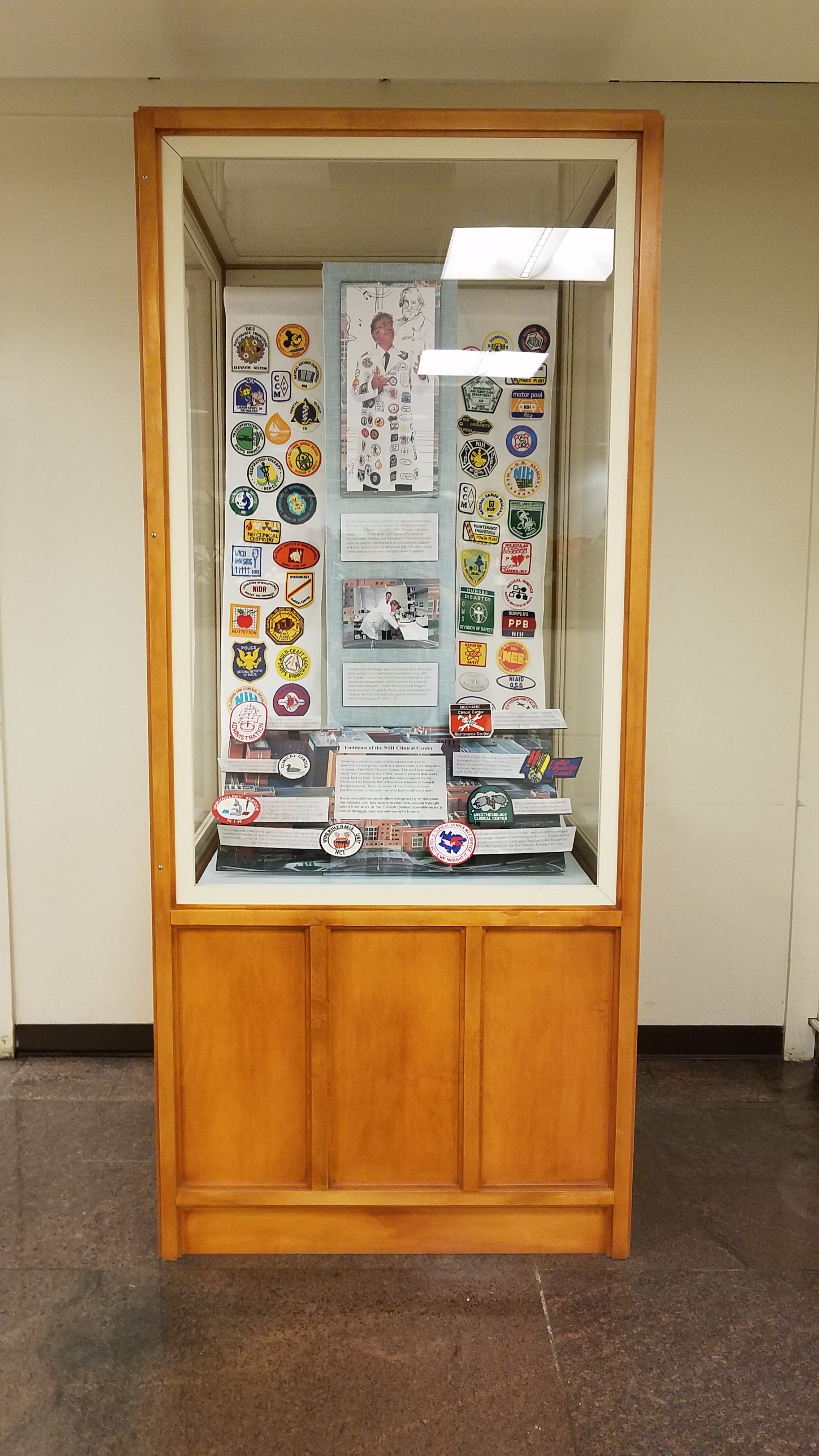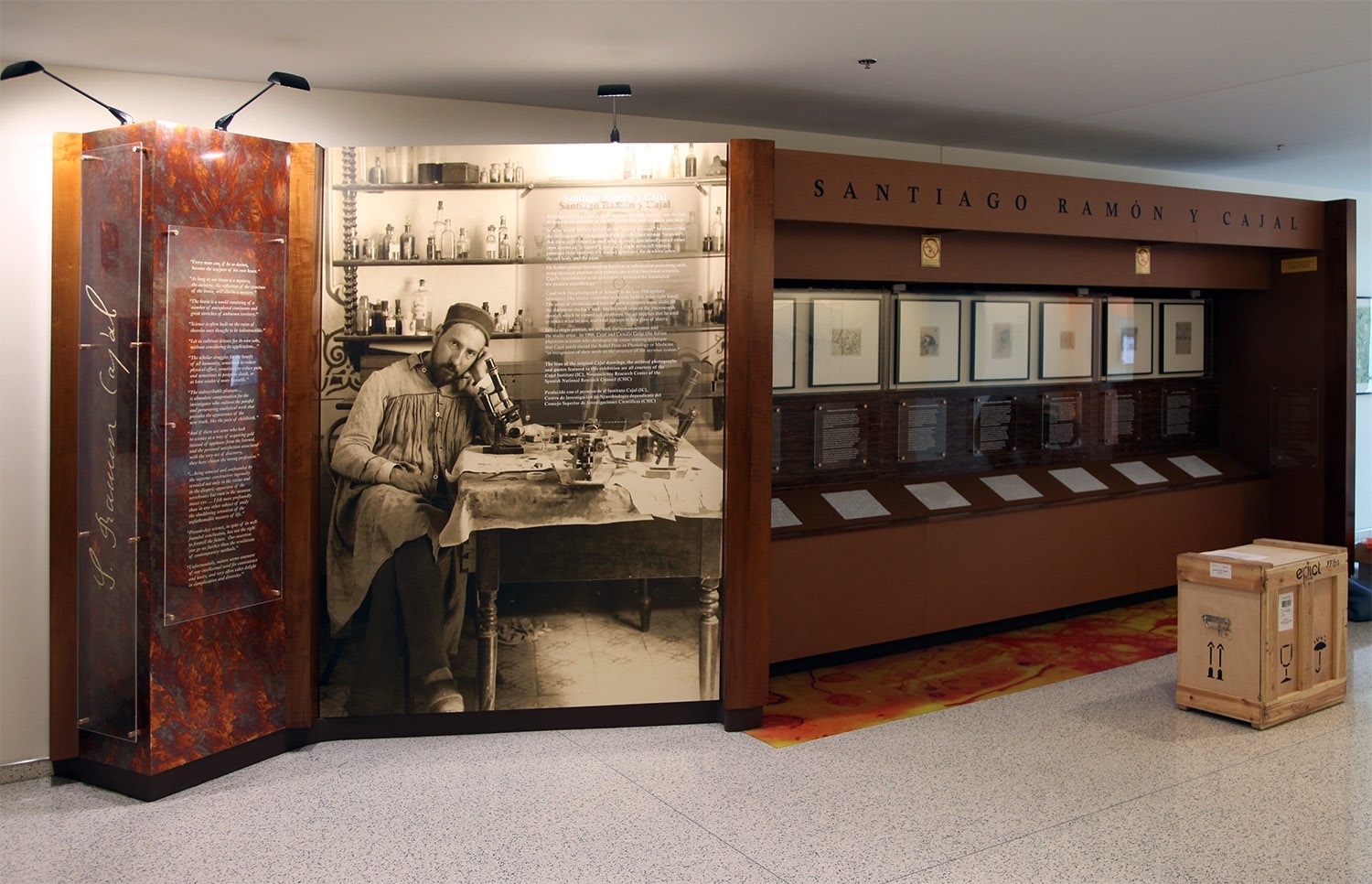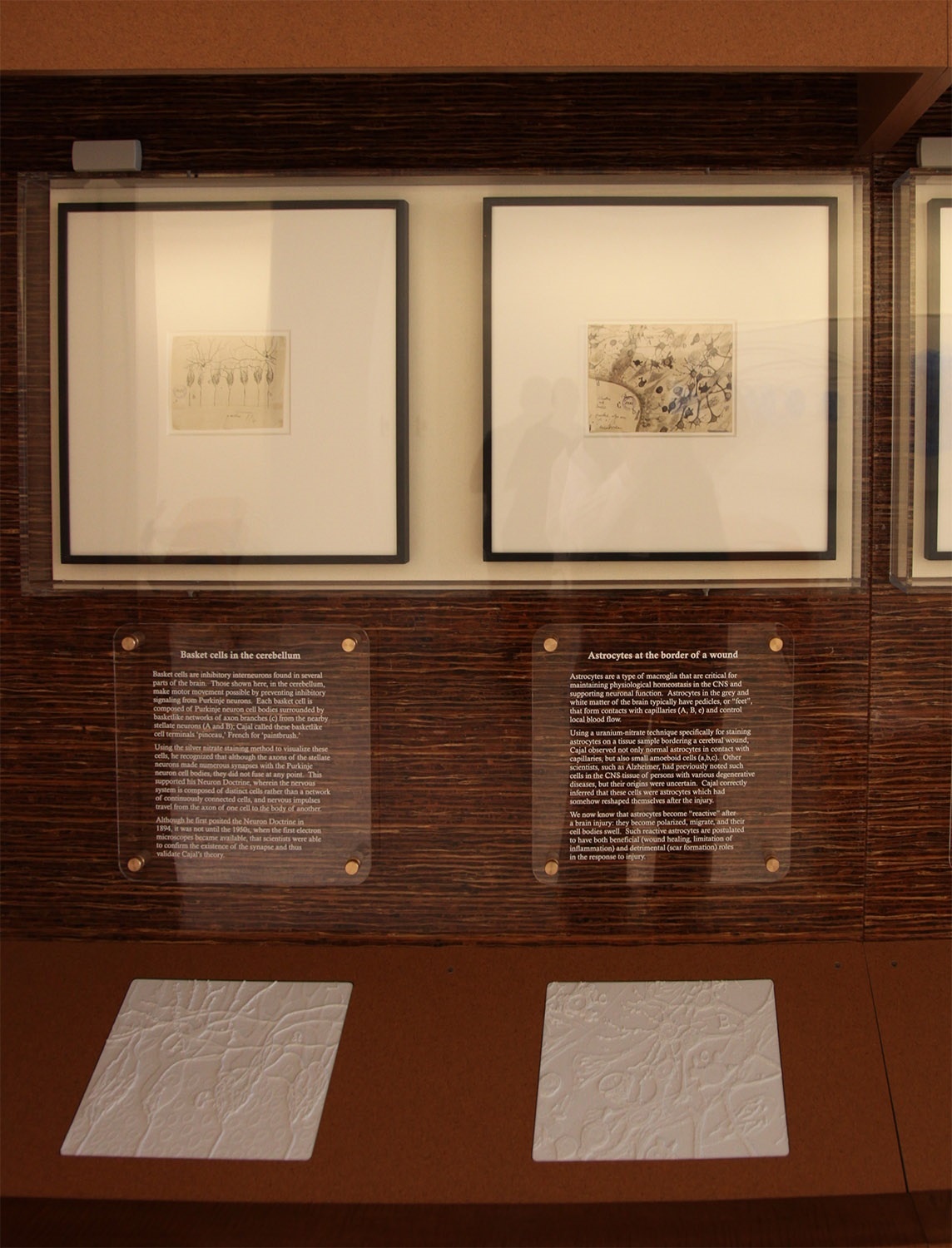The NIH Stetten Museum preserves and interprets the history of the twenty-seven institutes and centers of the National Institutes of Health, using scientific and non-scientific artifacts, photographs and film, oral histories, and other documentation. The Museum uses a variety of methods such as virtual and physical exhibits, social media, and publications to make this history available to the public and to historical researchers.
Recently Added
The Evolution of Minority Health Research
"Over the years, our understanding of population has changed, as there is still focus on race but more on ancestry, area of geographic origin, and social determinants of health."
- —Otis Webb Brawley
Dr. Brawley's talk will discuss population differences in health outcomes as defined over the past fifty years, as well as the development of this discipline. This area of research once was called minority health in the 1970s and 1980s, evolved to be called special populations research, and later health disparities, and now the focus is on health equity. Over the years, our understanding of population also has changed, as there is still focus on race but more on ancestry, area of geographic origin, and social determinants of health.
Link now to https://videocast.nih.gov/ical.ics?live=44756 to add this to your Outlook calendar.
This event is sponsored by the Office of NIH History and Stetten Museum. Our office advances the historical understanding of the biomedical research conducted at the NIH by documenting, preserving, and interpreting the history of significant NIH achievements, scientists, and policies. Visit us at https://history.nih.gov.
Flier: Brawley_flyer.jpg (JPEG – 500 KB)
Date/Time: February 24, 2022, 12:00–1:00 p.m. ET
VideoCast link: https://videocast.nih.gov/watch=44756
To view archived lectures from this and other History of Medicine lecture series, please link to https://videocast.nih.gov/PastEvents?c=221.
Dr. Otis Webb Brawley is Bloomberg Distinguished Professor of Oncology and Epidemiology at Johns Hopkins University. A member of the National Academy of Medicine, he leads a broad interdisciplinary research effort regarding cancer health disparities at the Johns Hopkins Bloomberg School of Public Health and the Johns Hopkins Kimmel Cancer Center, working to close racial, economic, and social disparities in the prevention, detection, and treatment of cancer in the United States and worldwide.
New display cases in three buildings on campus
New display cases have been installed around campus. Read a comic book about Joseph Goldberger’s work in pellagra in the early 20th century at the Building 1, 3rd floor case. Be amazed at the variety of Clinical Center patches near the Hospitality Desk on the 1st floor of the Clinical Center. Think about the social context of coloring books from the Clinical Center by its 2nd floor cafeteria. And salute a leading woman investigator, Dr. Margaret Pittman, in the Building 60 lobby. Two cases are coming to the Vaccine Research Center, and one to Building 6.
A new set of neuroanatomy drawings by Santiago Ramón y Cajal was installed in Building 35.
Current set of seven neuroanatomy drawings by Santiago Ramón y Cajal will remain on rotation in Building 35.
The drawings date back to the turn of the last century when Santiago Ramón y Cajal shared the Nobel Prize (1906) with Camillo Golgi for their work on the structure of the nervous system. We thank our partners at the Cajal Institute in Madrid, Spain for making this exhibit possible. You can see the original drawings, or touch 3-D prints of enlarged drawing details, until September.
Loan of Original Cajal Drawings on Exhibition in NIH’s Porter Neuroscience Center Extended
Current set of seven neuroanatomy drawings by Santiago Ramón y Cajal will remain on rotation in Building 35.
Michael Potter Exhibit Launched
U.S. National Library of Medicine Photograph by Ernie Branson The Office of NIH History and Stetten Museum opened twin historical exhibits in the Clinical Center in May honoring two NIH greats: Dr. Christian Anfinsen, who shared the 1972 Nobel Prize in chemistry; and Dr. Michael Potter, winner of a 1984 Lasker Award. Anfinsen and Potter began their careers at NIH in the 1950s, when molecular biology and genetics were new fields. They expanded both fields by asking questions that led to deeper understanding of basic biological functions. Their commitment to science influenced their personal lives as well.
- Continue reading about the launch in the NIH Record: https://nihrecord.nih.gov/newsletters/2018/05_18_2018/story5.htm
- Online Exhibit - Curiosity & Collaboration: The Work of Michael Potter (1924-2013) https://history.nih.gov/exhibits/potter/
- See the video from the Potter Exhibit Dedication here: https://history.nih.gov/exhibits/potter/video.html
Blast from the Past
70 Acres of Science
70 Acres of Science: The National Institute of Health Moves to Bethesda
Michele Lyons - Curator, National Institutes of Health DeWitt Stetten Jr., Museum of Medical Research
The NIH is the biomedical research organization of the federal government. Why is a government agency located in Bethesda, apparently masquerading as a university? The simple answer is that in the late 1930s, the NIH needed more room and a wealthy couple donated some of their land. The more complex answer involves domestic politics, social reform, international relations, economic depression, scientific advances, and personal ambitions.
Download: 70acresofscience.pdf (12.3 MB)


